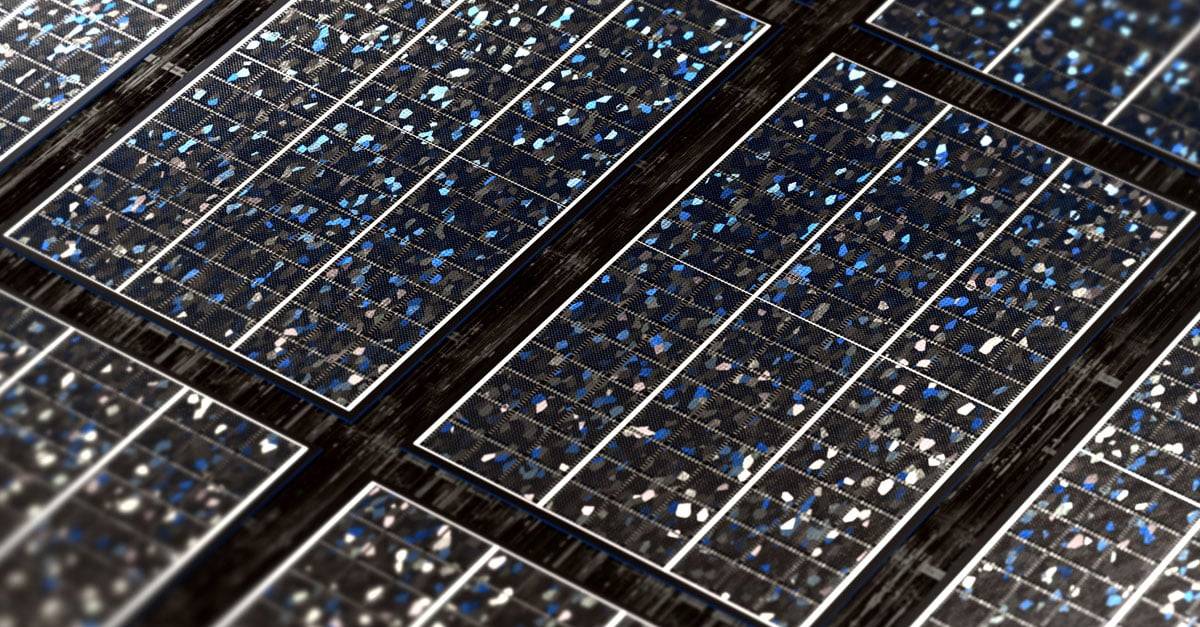What are Organic Solar Cells and how do they work?
“Plastic” or “plastic solar cells” are other names for organic solar cells because they are made of hydrocarbon compounds.
The way organic solar cells work is the same as that of crystalline photovoltaic modules: a semiconductor changes from a non-conductive state to a conductive state by absorbing light, and electricity is generated as a result. We can therefore say that organic solar cells are a special version of thin-film solar modules. These solar cells have similar properties to semiconductors made of amorphous silicon due to their special electron structure.
Applicable everywhere
It is possible to use the flexible cells not only on curved roofs but also on car bodies or other curved surfaces because they are environmentally friendly, light, and above all, bendable. The new solar cells can even be integrated into glass facades and windows, as they absorb only part of the visible light.
According to Transparency Market Research, a market researcher from the USA, the market volume of organic solar cells was still 97 million dollars in 2020. According to the forecast, it will reach an amount of 807 million dollars in 2031. This is a comparatively small amount compared to other future technologies. However, there is a possibility that it can increase significantly if the efficiency of organic solar cells is increased.
Your Wealth, Our Priority: Altoo's Consolidation Power, Secure Document Management, and Seamless Stakeholder Sharing for High Net Worth Individuals. Preview Platform.
Efficiency must be increased
So far, their statics are insufficient compared to conventional silicon modules.
At the moment, the efficiency of organic solar cells in mass production is less than ten percent; this normally settles between seven and nine percent. Individual production in research laboratories surpasses the ten percent hurdle, but it is so expensive to manufacture that the cost advantage of this technology is lost. In comparison, traditional silicon modules convert 20 % of solar energy into electricity. This is also the reason why, despite their advantages, the cells are not yet widely used; it is also still unclear how the efficiency of organic cells will develop in the coming years.
Energy generation with Potential
Organic solar cells are a cost-effective and flexible alternative to crystalline modules, but they have a lower output and a shorter lifetime. Although organic solar cells have attractive features, their technical potential has not yet been exhausted. Due to their low efficiency, organic solar cells are not a real alternative to other consumer solar modules and currently cannot compete with conventional solar cells.
There is a possibility that this will change in the future. In contrast to crystalline solar cells, whose efficiency cannot be increased by more than 30 percent in principle, there is no theoretical performance limit for solar cells on an organic basis.
So in theory, the potential of these organic solar cells is immense, but whether the technology will also be ready to make them practically applicable in the near future is another question.









